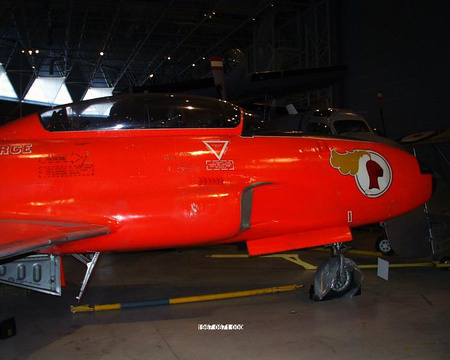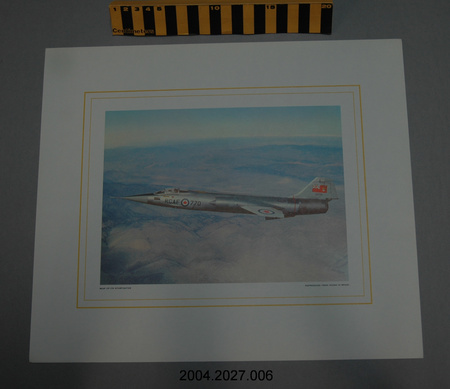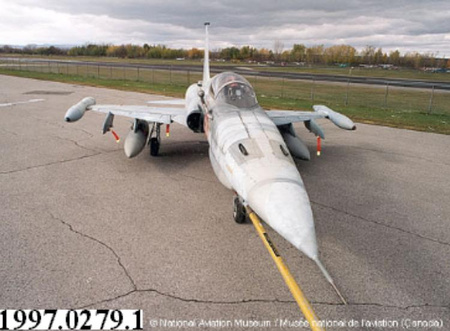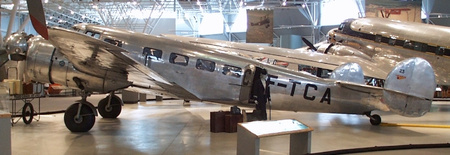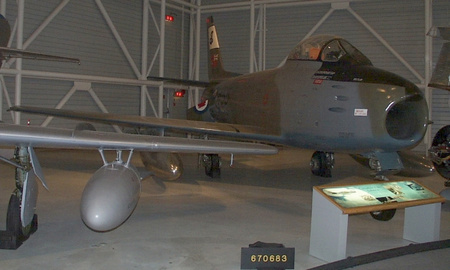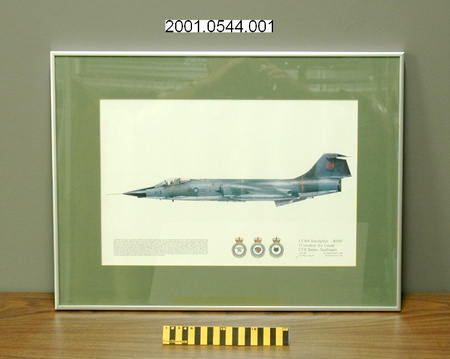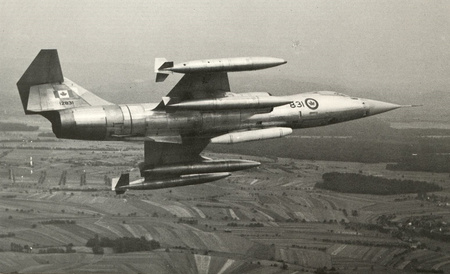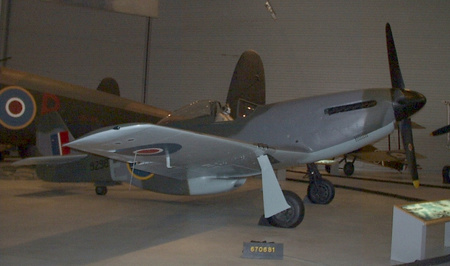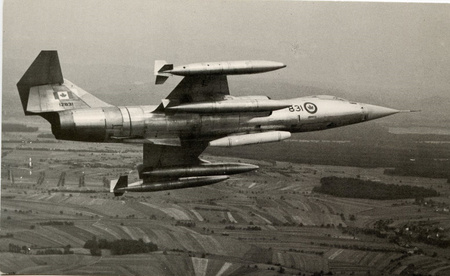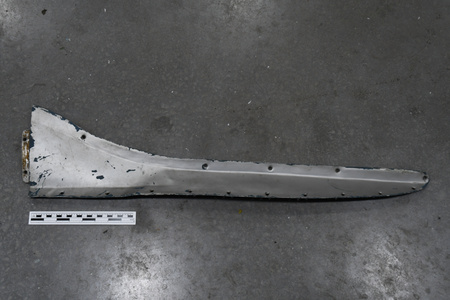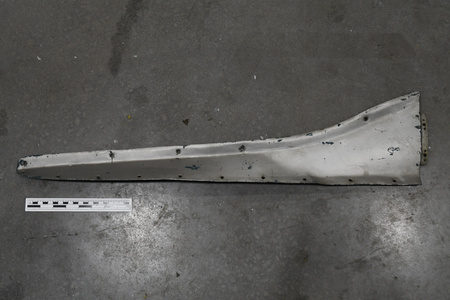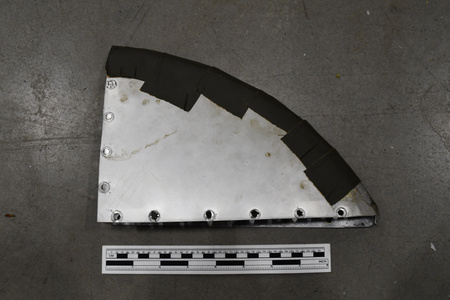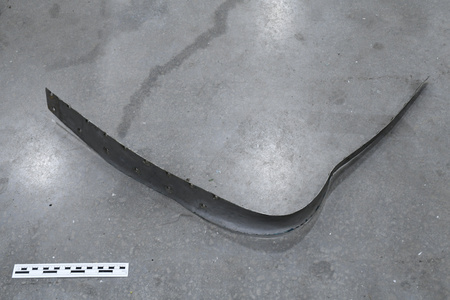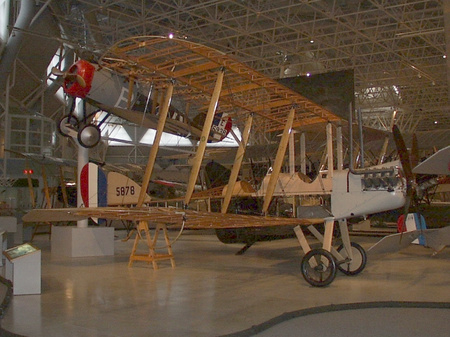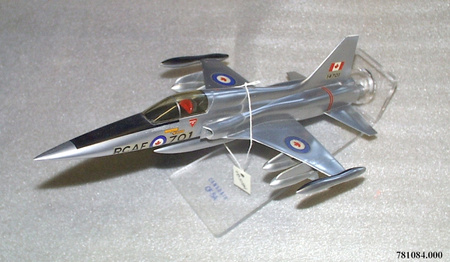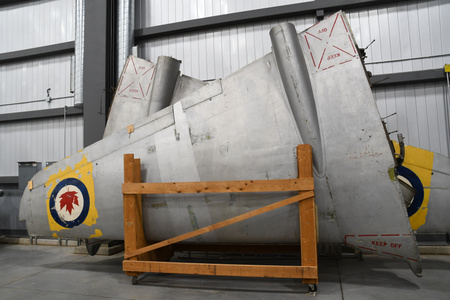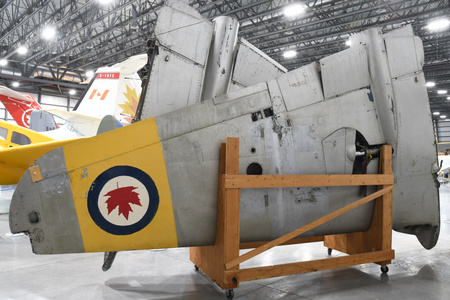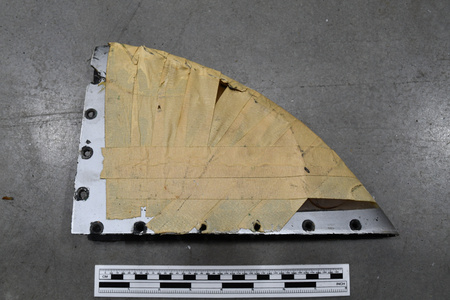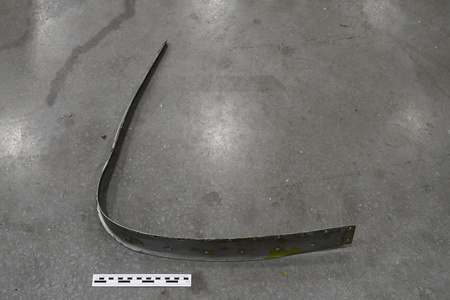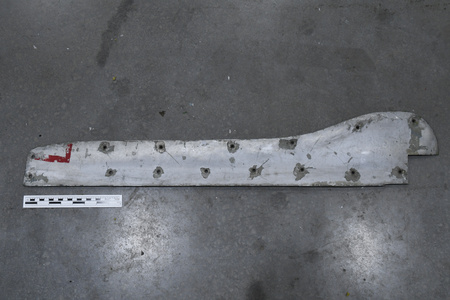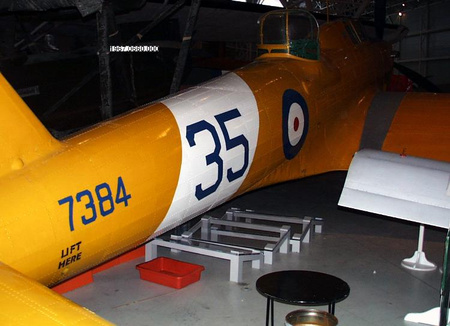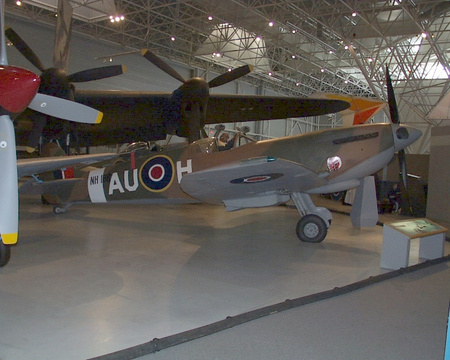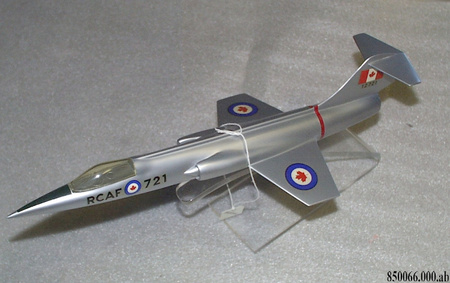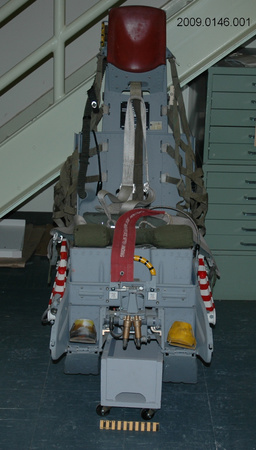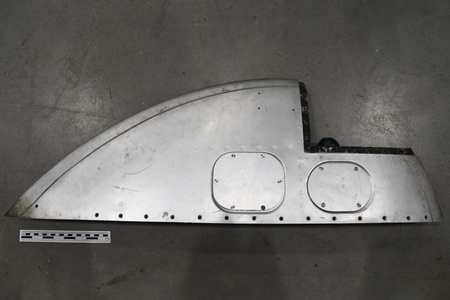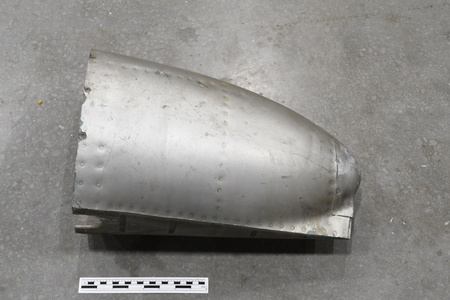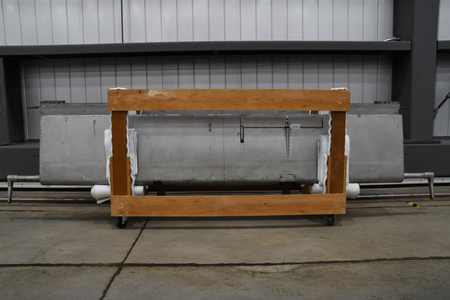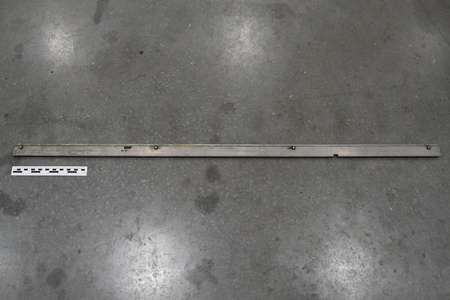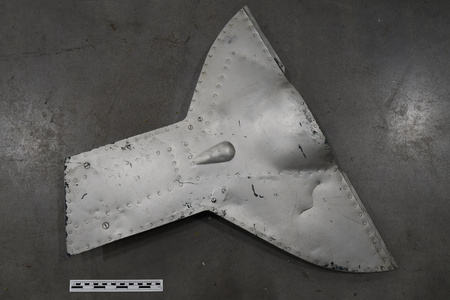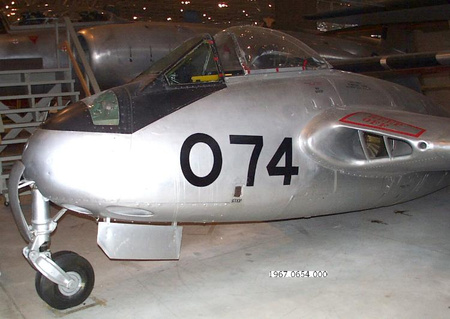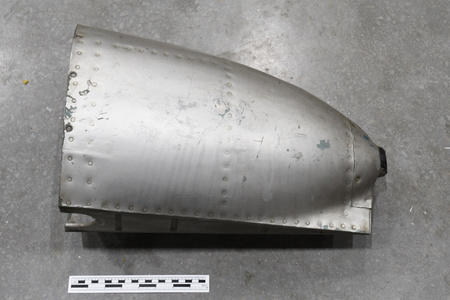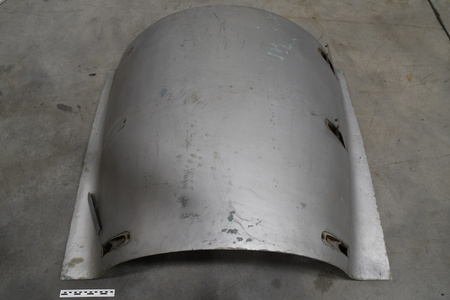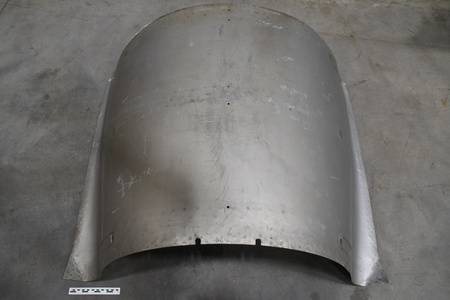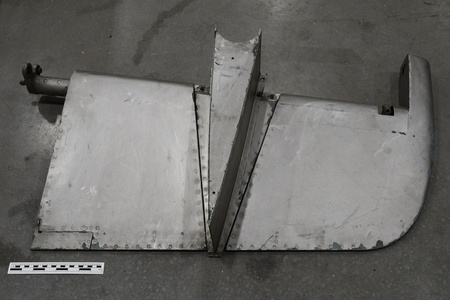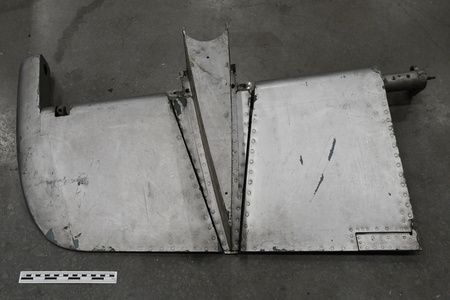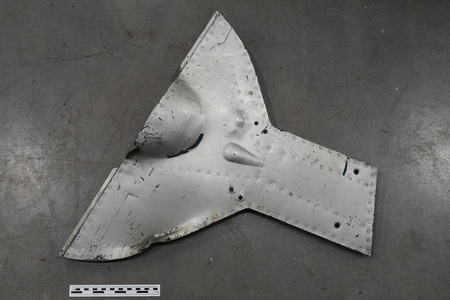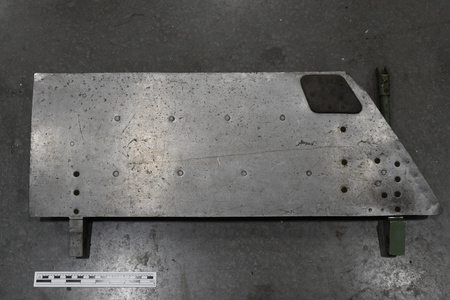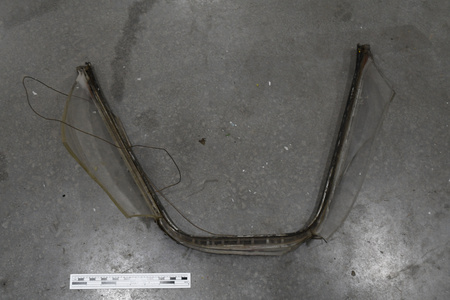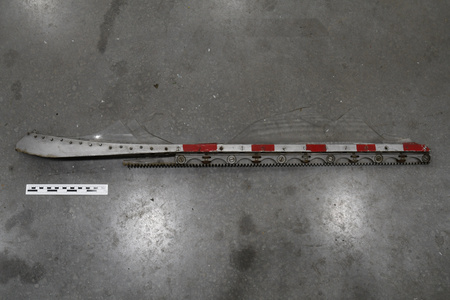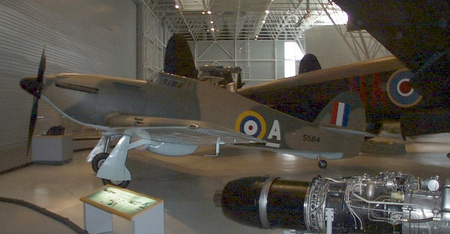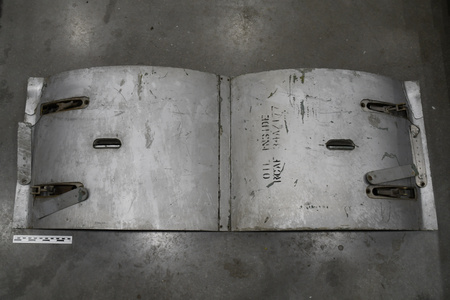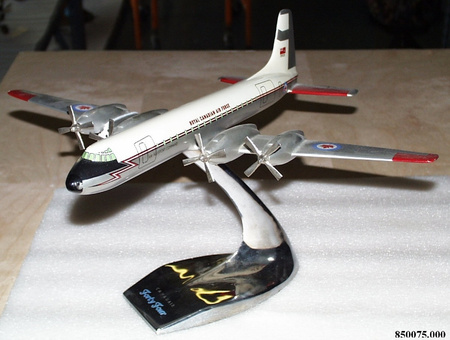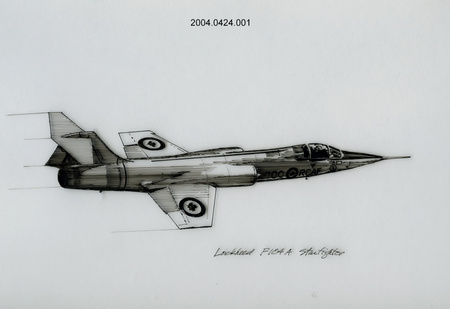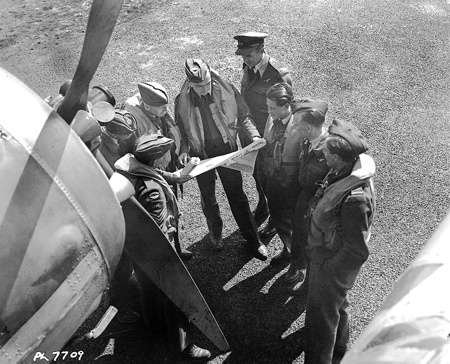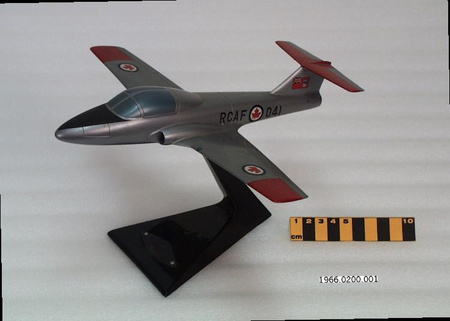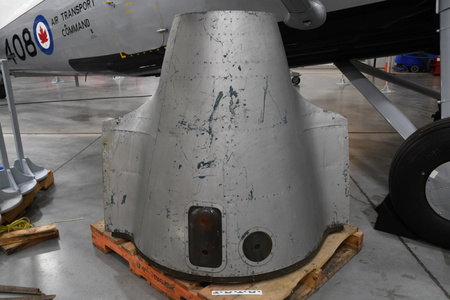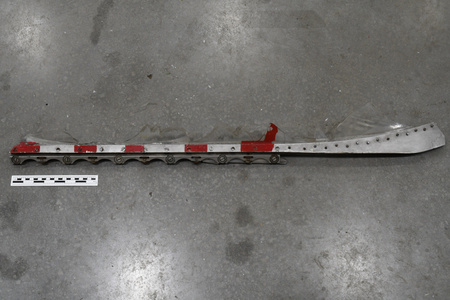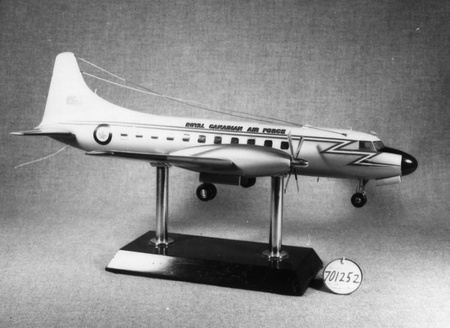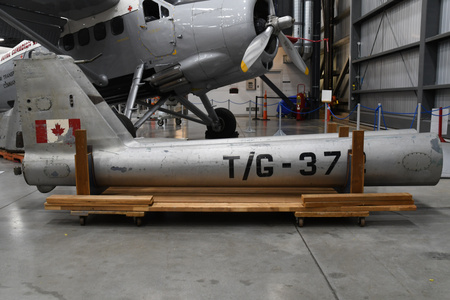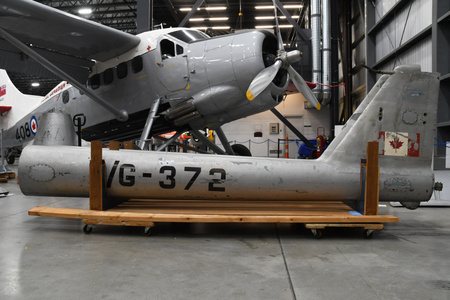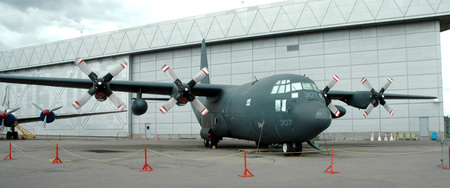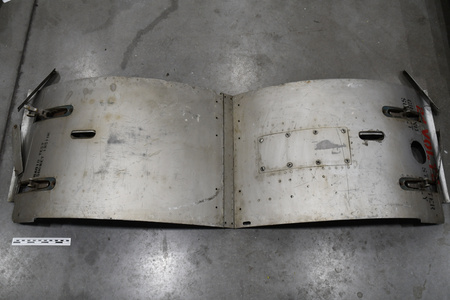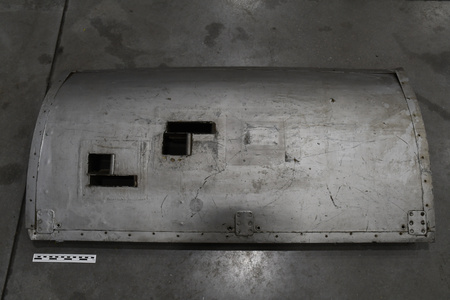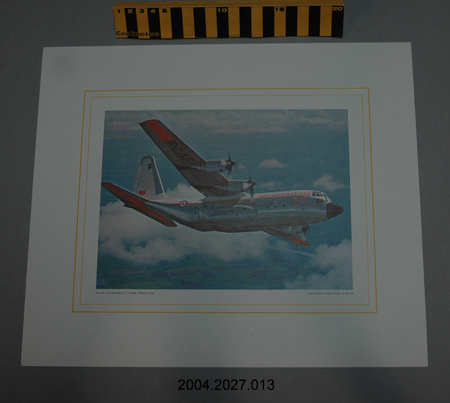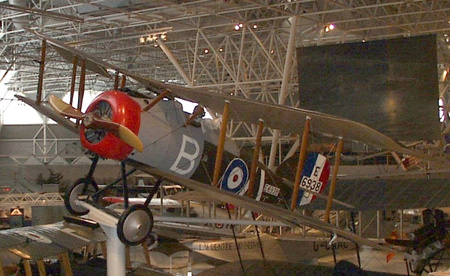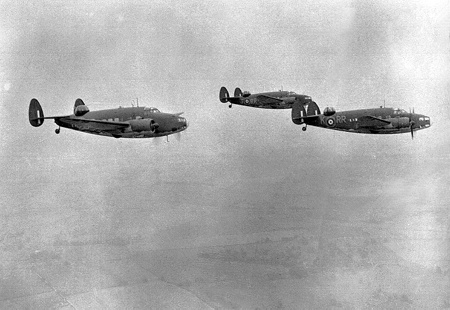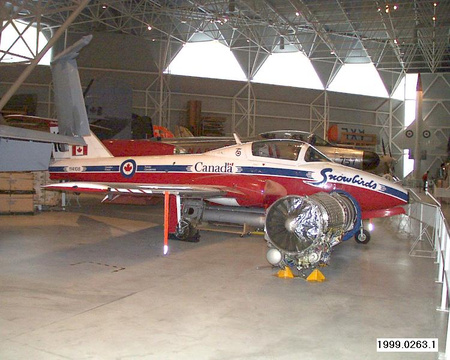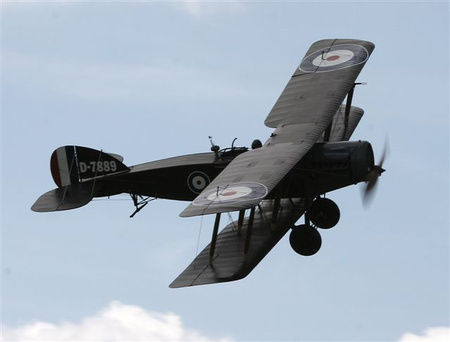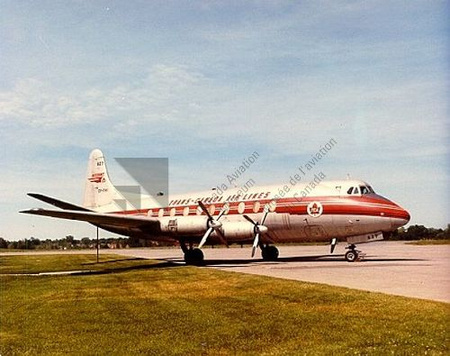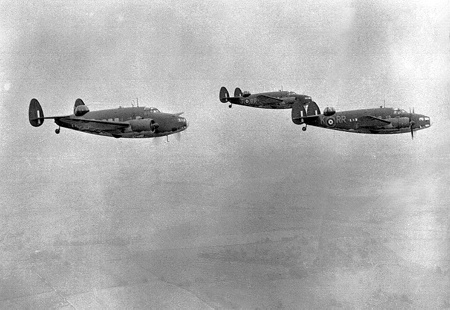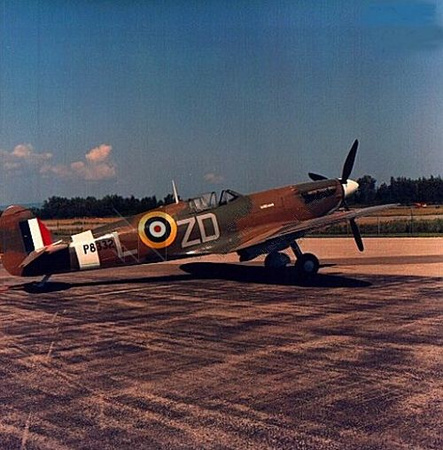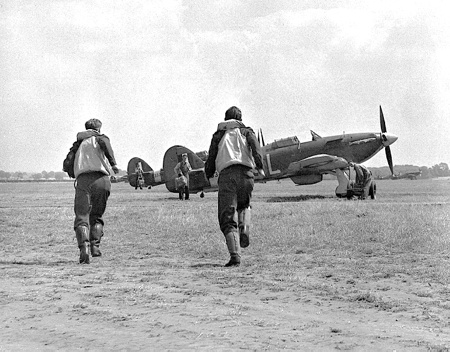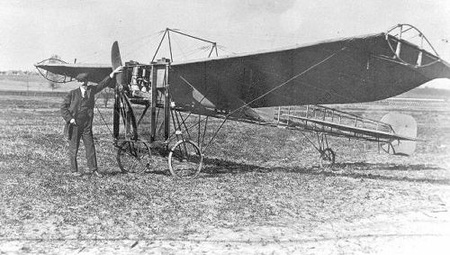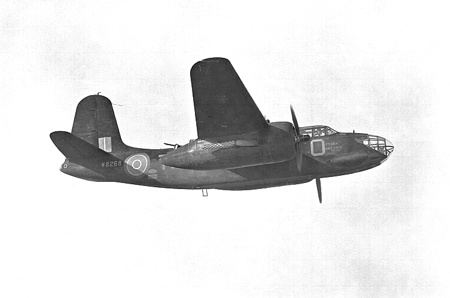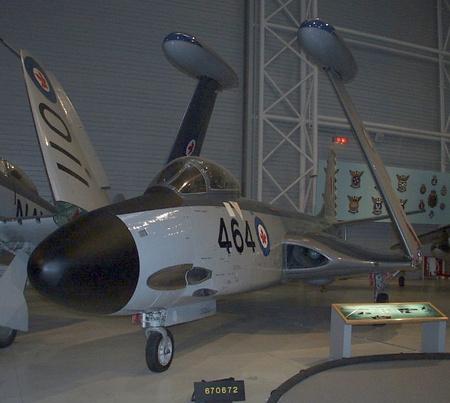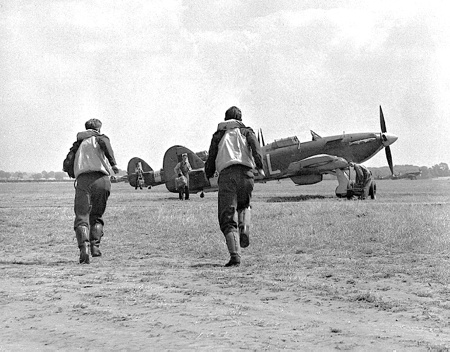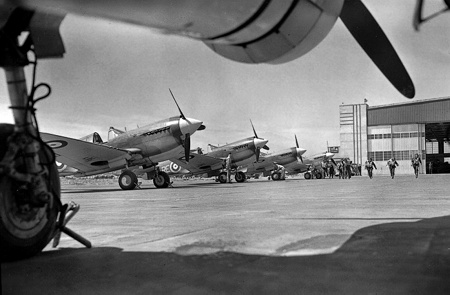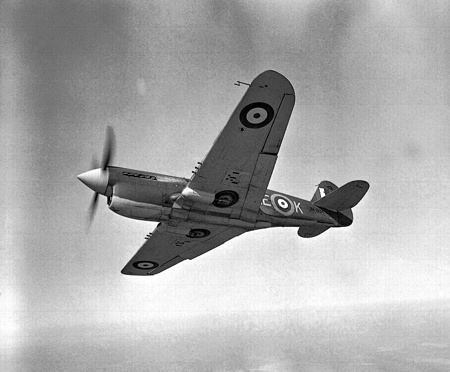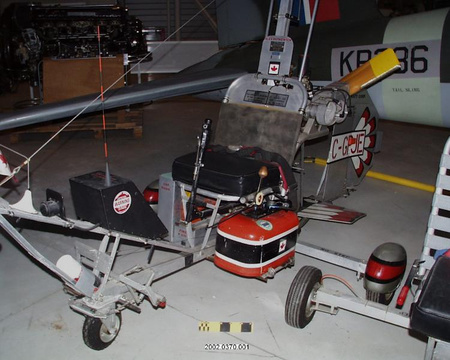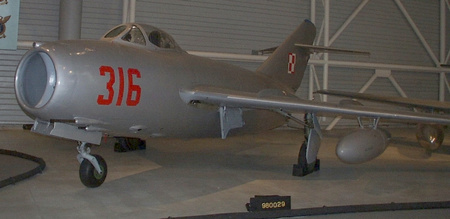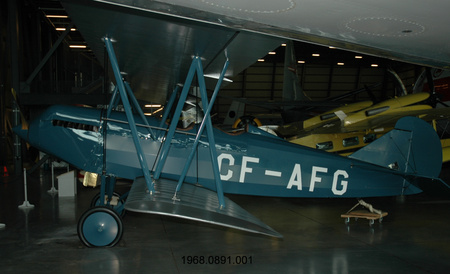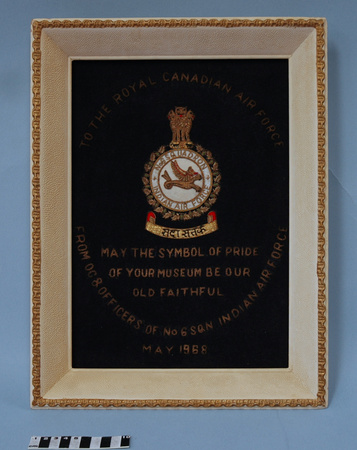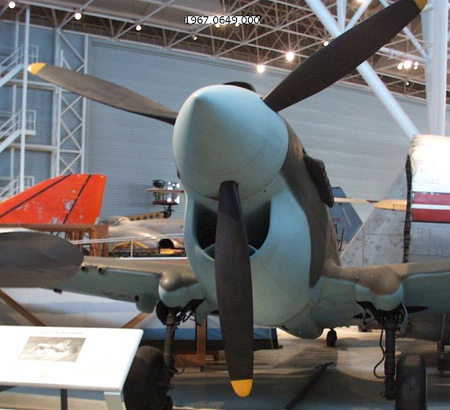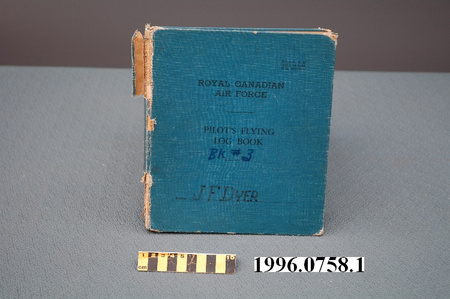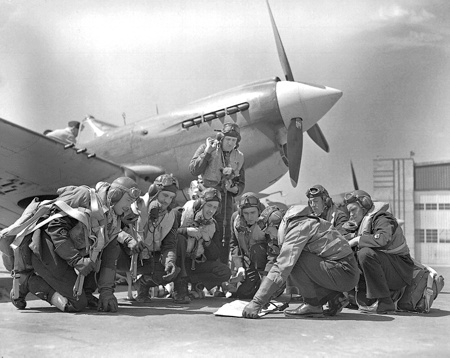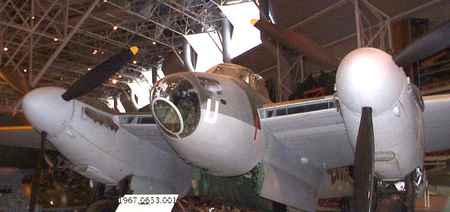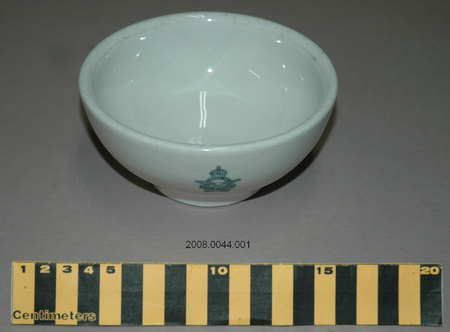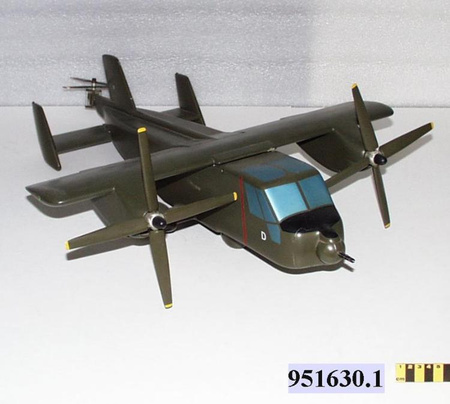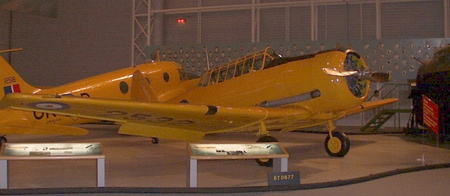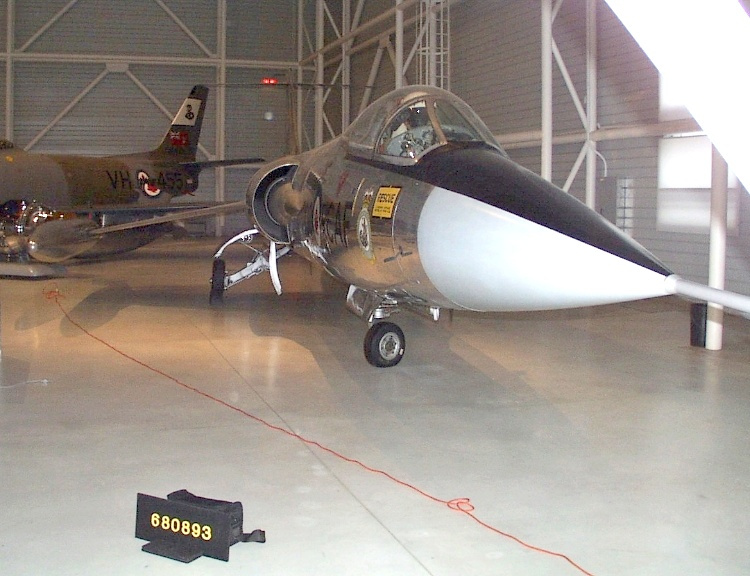Airplane
Use this image
Can I reuse this image without permission? Yes
Object images on the Ingenium Collection’s portal have the following Creative Commons license:
Copyright Ingenium / CC BY-NC-ND (Attribution-NonCommercial 4.0 International (CC BY-NC 4.0)
ATTRIBUTE THIS IMAGE
Ingenium,
1968.0893.001
Permalink:
Ingenium is releasing this image under the Creative Commons licensing framework, and encourages downloading and reuse for non-commercial purposes. Please acknowledge Ingenium and cite the artifact number.
DOWNLOAD IMAGEPURCHASE THIS IMAGE
This image is free for non-commercial use.
For commercial use, please consult our Reproduction Fees and contact us to purchase the image.
- OBJECT TYPE
- N/A
- DATE
- Unknown
- ARTIFACT NUMBER
- 1968.0893.001
- MANUFACTURER
- Lockheed Aircraft Corp.
- MODEL
- Lockheed F-104 Starfighter
- LOCATION
- Burbank, California, United States of America
More Information
General Information
- Serial #
- N/A
- Part Number
- 1
- Total Parts
- 1
- AKA
- N/A
- Patents
- N/A
- General Description
- Unknown
Dimensions
Note: These reflect the general size for storage and are not necessarily representative of the object's true dimensions.
- Length
- 16.7 m
- Width
- 6.7 m
- Height
- 4.1 m
- Thickness
- N/A
- Weight
- N/A
- Diameter
- N/A
- Volume
- N/A
Lexicon
- Group
- Aviation
- Category
- Aircraft
- Sub-Category
- N/A
Manufacturer
- AKA
- Lockheed
- Country
- United States of America
- State/Province
- California
- City
- Burbank
Context
- Country
- Unknown
- State/Province
- Unknown
- Period
- Manufactured in 1957, the Museum aircraft was flown by the US Air Force until 1958 when it was stored. The RCAF received the aircraft in 1963 and kept it until 1968 when it was transferred to the Museum. The Museum’s F-104A came to Canadair as a pattern aircraft.
- Canada
-
It set a new Canadian altitude record of 30 500 meters (100 110 ft.). - Function
-
Unknown - Technical
-
The RCAF selected the F-104 to replace its Sabre fighters in Europe. The small F-104 Starfighter was an attempt to counter the trend towards increasingly heavier fighters after Second World War. As it evolved, however, the F-104 also got heavier, with the G model almost overloaded with equipment and weapons. With engines built by Orenda, Canadair produced 200 single-seat CF-104s and another 140 F-104Gs for NATO countries. The Canadian Forces phased out its Starfighters in 1986. To achieve good performance with a very small wing, the thin, high-speed profile of the Starfighter could be altered for low-speed flight by drooping the leading and trailing edges of the wings. High-pressure air blew over the drooped trailing edge to maintain a smooth air flow. The aircraft was unfairly considered crash-prone, but most accidents were caused by the method of flying required and poor weather. The ejection seat was rocket-powered. - Area Notes
-
Unknown
Details
- Markings
- N/A
- Missing
- N/A
- Finish
- Unknown
- Decoration
- N/A
CITE THIS OBJECT
If you choose to share our information about this collection object, please cite:
Lockheed Aircraft Corp., Airplane, Unknown Date, Artifact no. 1968.0893, Ingenium – Canada’s Museums of Science and Innovation, http://collection.ingenium.ca/en/id/1968.0893.001/
FEEDBACK
Submit a question or comment about this artifact.
More Like This
